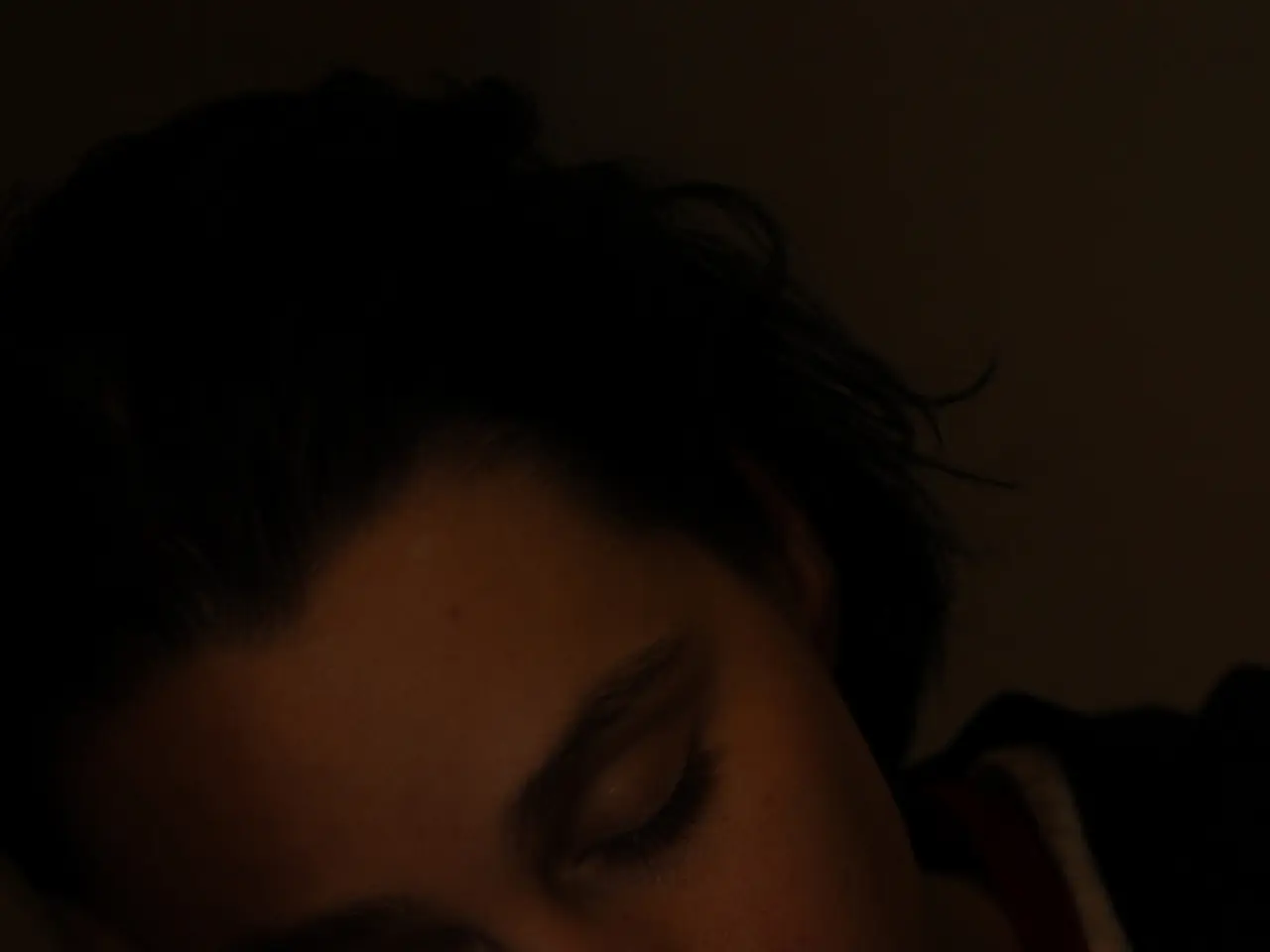OSA: Silent Killer in Your Bed, Seek Help if You Notice These Signs
Obstructive sleep apnea (OSA), a common disorder, occurs when the upper airway repeatedly collapses during sleep, causing paused breathing episodes. Bed partners often report loud snoring, gasping, or choking sounds. Snoring, often linked to OSA, is caused by airflow squeezing through a narrowed airway.
OSA happens when throat muscles relax, narrowing or closing the airway. This leads to apneic episodes or hyponeas throughout the night. Those affected often experience daytime sleepiness due to poor sleep quality and decreased oxygen supply to the brain and body. They may also face morning headaches, irritability, forgetfulness, or repetitive awakenings.
Untreated OSA can lead to serious health issues like high blood pressure, heart disease, stroke, diabetes, abnormal heart rhythm, or pulmonary hypertension. An accurate diagnosis begins with a thorough medical history and physical exam, followed by polysomnography (PSG) for confirmation. Treatment options include weight loss, continuous positive airway pressure (CPAP), bilevel positive airway pressure (BPAP), sleeping on one's side, and surgery. For those with primary snoring or mild OSA who dislike or can't tolerate CPAP, dental sleep medicine specialists may provide mandibular advancement devices.
Obstructive sleep apnea is a prevalent disorder with serious health implications if left untreated. Those affected and their partners should seek medical attention if they notice any of the mentioned symptoms. Early diagnosis and appropriate treatment can significantly improve quality of life and prevent potential long-term health complications.
Read also:
- Inadequate supply of accessible housing overlooks London's disabled community
- Strange discovery in EU: Rabbits found with unusual appendages resembling tentacles on their heads
- Duration of a Travelling Blood Clot: Time Scale Explained
- Fainting versus Seizures: Overlaps, Distinctions, and Proper Responses






